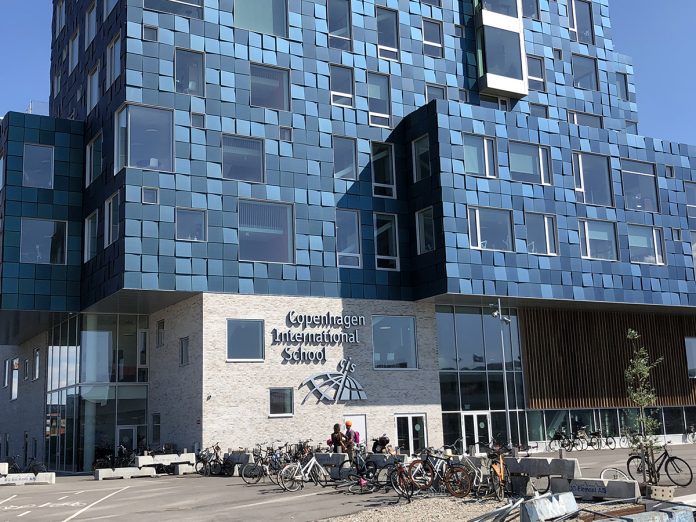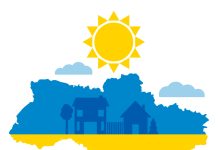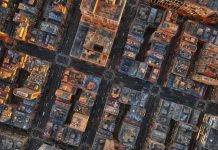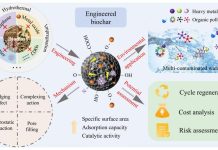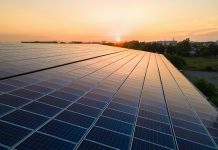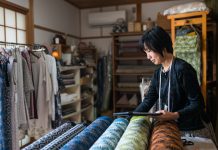Peder Vejsig Pedersen, Senior Advisor at European Green Cities outlines a unique building project, Copenhagen International School (CIS) as an example of supporting the green transition
Due to BIPV oriented funding in Denmark from the EUDP and ForskVE RTD programmes (see: www.activehouseroofsandfacades.com ), it has been possible for Cenergia (now a part of Kuben Management to make an agreement with Copenhagen International School) to realise an Active House labelling for them, and to include an online Active House radar with assistance from the company, Leapcraft.
Copenhagen International School (CIS) is a unique building project, for which it has been a pleasure for me and my former colleagues, Miriam Sanchez and Vickie Aagesen to work on. This cooperation also included Karin Kappel from Solar City Denmark, who have carried out amazing work in promoting best practice BIPV architecture since 2004, and Gate21, engaged as a collaborator in relation to the ForskVE realisation.
For my and European Green Cities’ partners in Denmark, I hope that winning the Active House award will support the idea of working with the Active House standard in practice because it has many benefits and it is not costly to work with. In relation to ForskVE, it has been possible to include several Active House labelled projects in the Danish sustainable building database which can now be viewed in English at www.bæredygtigebygninger.dk.
Here and in the final report on the EUDP project “Smart Grid School” there are many examples of advanced building integrated PV technologies, here PV actually substitutes the facade or roof surface.
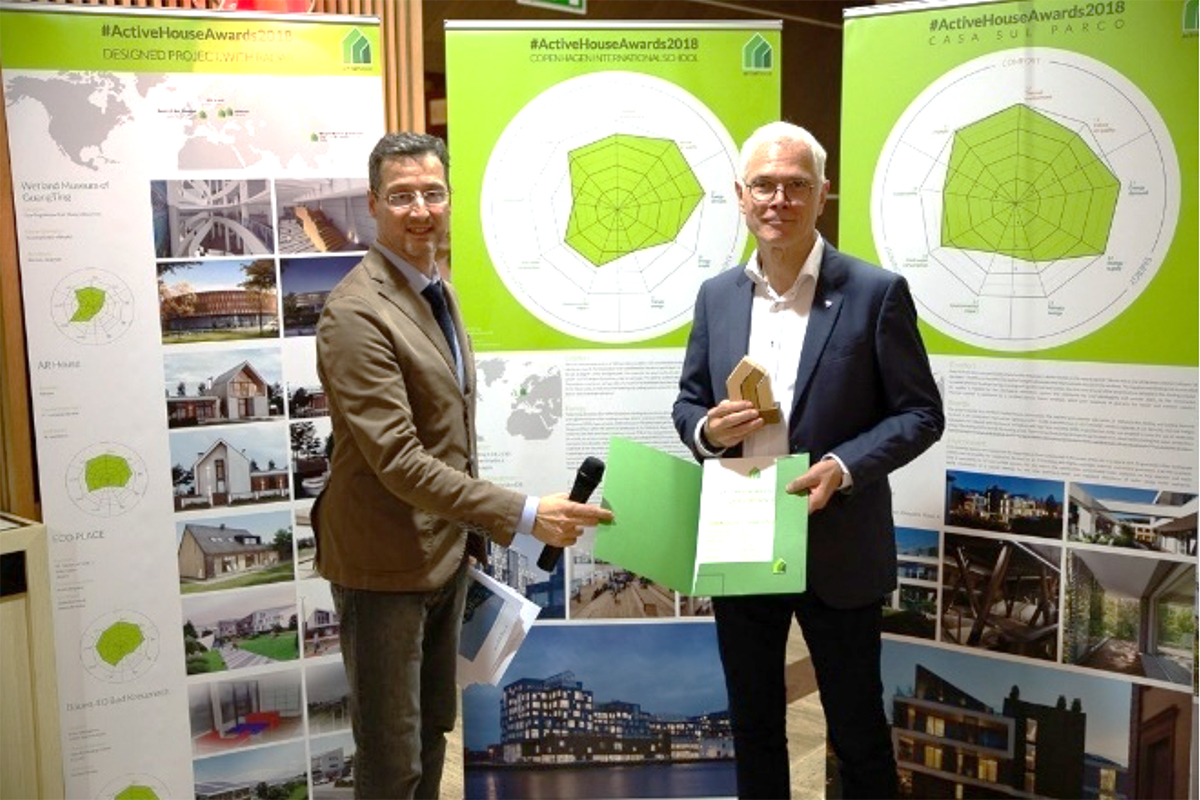
The idea of working with performance documentation has always been a part of the Active House approach and with the demands for this in the EU Building Directive, it has become increasingly relevant, and something that will be supported by the development towards more digitalisation in buildings.
CIS is a good example of a school building with an emphasis on a healthy indoor climate, which had a strong focus in the design process, also based on special demands from the builder, f.ex. when it comes to using decentralised ventilation systems. This is in a scenario where bad indoor climate issues are not uncommon in Danish schools. It is our hope that the qualities documented in the online Active House radar will help to ensure a continuous focus on the indoor climate.
I agree that homebuyers can use Active House documentation to help them secure quality but also due to the reasonably low costs to use it. Good advice would be to try to cooperate with other sustainable building quality systems. In the Nordic countries, f.ex. have the Nordic Swan Label which one of the leading contractors (NCC), uses for all their housing projects.
My advice for the future is to really focus on new and unique projects, which support the green transition, and to work with engaged builders, such as what we witnessed with the CIS building. CIS is a really good example of what a determined builder can do in practice. Here, the driving force was one of the board members of the school who at the same time was a designer and secured full-scale BIPV Mock-Ups on the actual building site to identify the best possible BIPV design (in cooperation with the experienced BIPV manufacturer, Solar Lab). This actually led to the withdrawal of the architect (C.F. Møller), for a short period, due to risks they saw in connection to the use of completely new technology for almost all facades. In the end, they came back and was deeply engaged in securing the qualities in practice of many of the technical and architectural solutions.
Active House labelling: www.activehouse.info
Please note: This is a commercial profile
Peder Vejsig Pedersen
Senior Advisor, MSc
European Green Cities
Tel: +45 2046 6755

